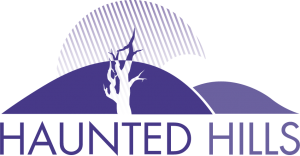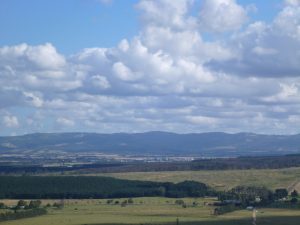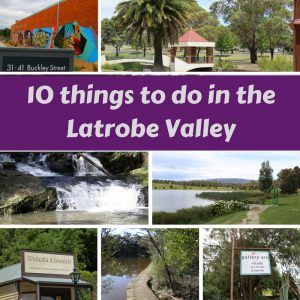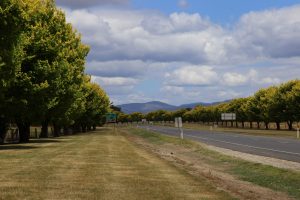
Latrobe Valley
This is a map of the Latrobe City Council boundaries – as close as Google would allow
The socio-political boundaries are different to the natural boundary (you can see the natural boundary represented in dark Green on the map to the North and South.) What you can’t see is the base of the Strzelecki’s extends up underneath the Haunted Hills.
45% of Gippslanders live in the Latrobe Valley. (~124,000 of 274,000)
The Latrobe Valley is a region in Gippsland.
Set on the Princes Highway (M1/A1) it’s a place most commonly known as the birthplace of Victoria’s power industry – if at all.
Named after Charles La Trobe, through the river named after him.
The Latrobe Valley was named after Charles La Trobe. The governor of the Port Phillip district of New South Wales in 1838. This was before Victoria became a state in its own right in 1851, which he continued to lead until 1854. He petitioned to end slavery in the West Indies and spoke against massacres in Australia. However, he didn’t recognise the forced removal from their lands as a contributing problem.
 The name merged from La Trobe to Latrobe
The name merged from La Trobe to Latrobe
The name has morphed together over time. The last to adopt the change was Latrobe City Council, who maintained ‘La Trobe’, until the 6th of April 2000.
The natural environment forming a valley
The Latrobe Valley is nestled between two mountain ranges the Strzelecki Ranges. The Strzelecki Ranges are named after Count Strzelecki who was a Polish explorer. Paul explored the Americas and named Mount Koziosko. He found the Strezlecki mountain ranges on the way down to the coast. Charles Tarra and Jackey, two Aboriginal men who were great with the bush assisted Strzelecki on his travels.
The other mountain range is the Great Dividing Range. Governor Gipps of New South Wales wanted to see what was on the other side and sent out Strzelecki and McMillan to explore.
Coal industry
The Latrobe Valley is best known for its coal discovered on the banks of the Morwell River in 1874, by Henry Godridge who was looking for gold. It wasn’t until the State Electricity Commission financed it really took steam. Starting to be a viable economic industry in the Latrobe Valley. This included the building of Yallourn that was a state-run town until the late 70’s. This mine also quietly claimed the Hernes Oak township south of Yallourn.
Hazelwood Power Station
The coal-fired power stations are what the Latrobe Valley is best known for. They’re prominent features dotting the landscape as people pass by on the Princes Freeway. The Hazelwood power station is the first one seen from the Princes Freeway coming down the Haunted Hills heading east. An imposing sight on the landscape, the Strzelecki’s somehow fading out behind it. The 8 smokestacks atop a yellow building in front of a huge mine. (These 8 smoke stacks are no longer there in line with the rehabilitation clause in the Power Station legislation.)
Yallourn W Station
On the left, at the straight, after the pine plantation is Yallourn W Station. This has massive cooling towers where steam billows most of the day. Beyond Hazelwood is Loy Yang Power stations A and B. Loy Yang B Power Station is the biggest power station, in Australia, at the present time. There is a smaller power station near Hazelwood with four smokestacks, call Morwell Power or Energy Brix, it closed in 2014. To the left again is the Australian Paper Mill, it also has smoke stacks coming from it as well. The many plantations around the Latrobe Valley lend themselves to feeding it.
Powering Victoria for nearly 100 years
Although these monsters of industry are present in the Latrobe Valley, powering Victoria for nearly one hundred years. This is not all the Latrobe Valley is. The power stations seen today aren’t 100 hundred years old. Those were Yallourn Powers Stations A (built 1928 – 1968 demolished), B (1932 – 1970s ). Yallourn Power Stations C (1954), D (1957) and E (1961) were all rehabilitated in the 1990’s. The industry has been changing since it began, and it continues today. Hazelwood will close in March 2017 according to current owner’s Engie which has come a little too quickly for the area.
If you only see the coal industry you’ve missed a lot of the Valley.
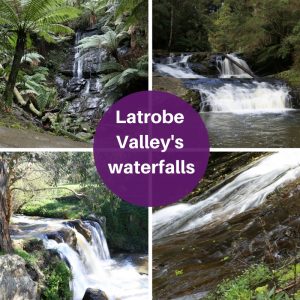

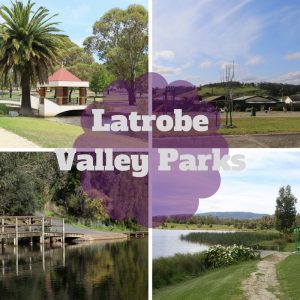
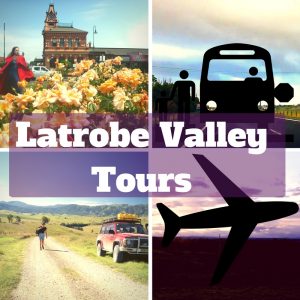
There is still so much more to the Latrobe Valley than the industry, and it is a great secret to many Gippslanders let alone Victorian’s at large.
Conquering the Haunted Hills, opened up Gippsland by land, the train line opening in 1879 was vital to Gippsland’s further growth. Here at Haunted Hills Tours we plan to keep opening up Gippsland to everyone, through our stories.
